SUMMARY
This is AI generated summarization, which may have errors. For context, always refer to the full article.
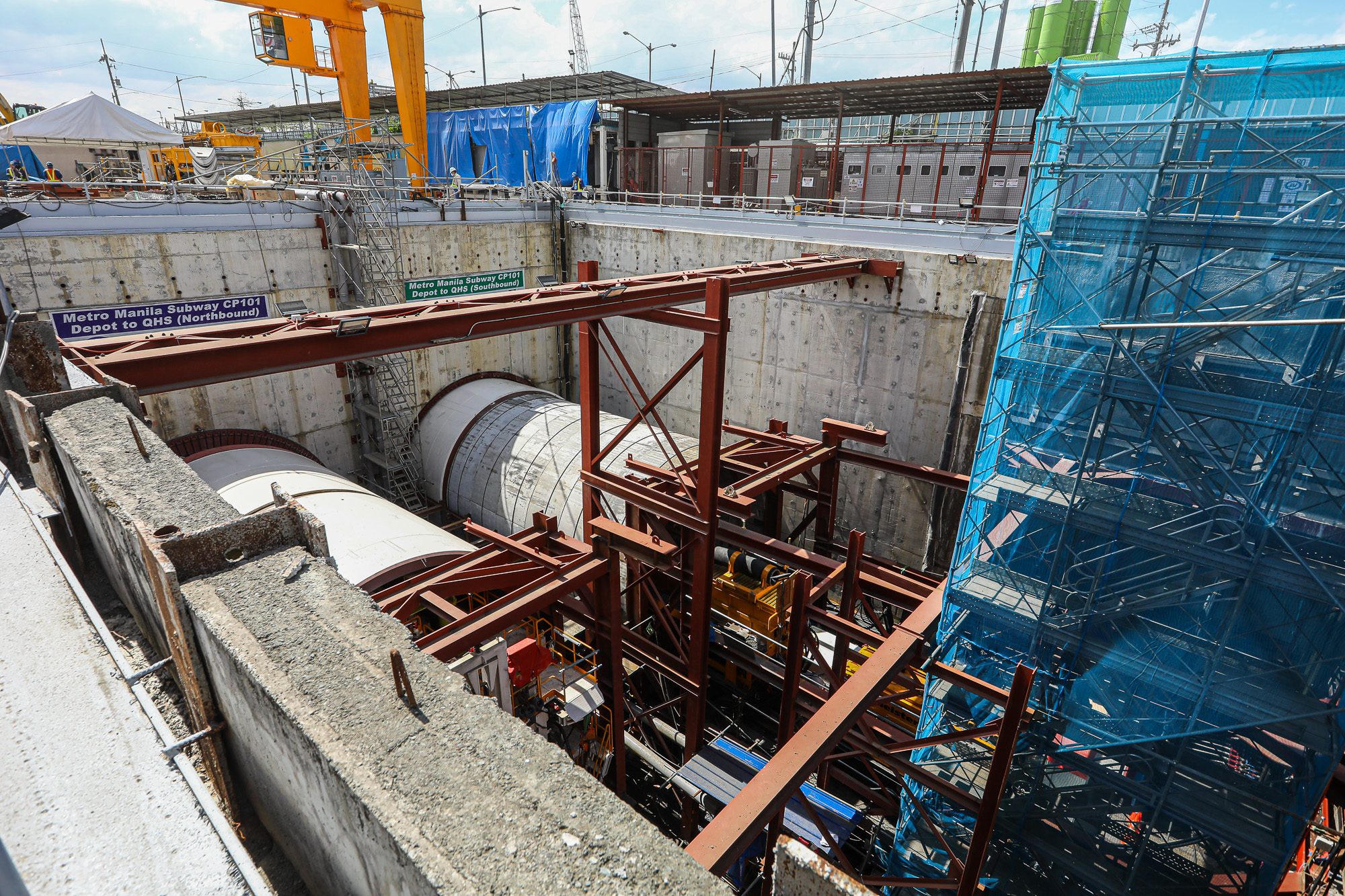
MANILA, Philippines – The Metro Manila Subway is slowly becoming a reality after the tunnel boring machine makes its way into what will become the subway’s North EDSA station on Thursday, March 7.
An underground railway system for the Philippines has remained a dream for more than 50 years now, but with the addition of a second tunnel machine to the project, it certainly feels like full speed ahead for the Metro Manila Subway.
Here’s what you need to know about the Philippines’ “project of the century.”

Stations
As of March 7, 2024, there are 17 confirmed stations that stretch for 33 kilometers from Valenzuela to Parañaque, with a branch line going to the Ninoy Aquino International Airport (NAIA) Terminal 3 in Pasay.
Here are the stations:
- East Valenzuela Station
- Quirino Highway Station
- Tandang Sora Station
- North Avenue Station
- Quezon Avenue Station
- East Avenue Station
- Anonas Station
- Camp Aguinaldo Station
- Ortigas Avenue Station
- Shaw Boulevard Station
- Kalayaan Avenue Station
- BGC Station
- Lawton Station
- Senate-DepEd Station
- NAIA Terminal 3 (branch line)
- FTI Station
- Bicutan Station

Originally, travel time from Valenzuela to NAIA reaches one and a half hours. With the new subway, the Department of Transportation (DOTr) has given varying estimates of travel time being slashed to 35 minutes, 41 minutes, or 45 minutes. Travel time from end to end (Valenzuela to Bicutan) is expected to be 46 minutes.
Once fully operational, the subway will have 30 pieces of eight-car train sets with a design speed of 85 kilometers per hour, enabling it to accommodate 519,000 passengers per day.
Timeline
The Metro Manila Subway is far behind its initial schedule. Construction for the subway began in 2019. Back then, the subway was expected to be fully operational by 2025, with the first 3 stations supposedly running by 2022. But land acquisition challenges, right of way issues, delays in payments, and the COVID-19 pandemic got in the way.
Actual tunneling and excavation for the subway only began in January 2023. President Ferdinand Marcos Jr., who kicked off the launch of the first tunnel boring machine, urged those working on the subway to “finish the contract package by the end of 2027.” A Filipino-Japanese joint venture –composed of Shimizu Corporation, Fujita Corporation, Takenaka Civil Engineering Company Ltd, and EEI Corporation – has the contract package for the subway’s first three stations.
The tunnel boring machine launched in January 2023 was supposed to have completed the East Valenzuela–Quirino Highway stations tunnel by December 2023. The North Avenue–Tandang Sora station tunnel was supposed to start work in July 2023 and finish by July 2024. The last tunnel, from Tandang Sora–Quirino Highway, will be completed by August 2025.
However, the tunnel boring machine is only starting work on the North Avenue station in March 2024. Another tunnel boring machine from North Avenue will start excavating by July 2024.
The Department of Transportation recently moved another tunnel boring machine for the subway to Doña Julia Vargas Avenue, where it will be used to construct the tunnels for the Ortigas Avenue Station, Shaw Boulevard Station, and Kalayaan Avenue Stations.
Full operations for the subway is targeted for 2029.
Here is the list of contract packages for the subway:
- CP101 – Construction of depot and East Valenzuela, Quirino Highway, Tandang Sora, and North Avenue stations. Awarded to joint venture of Shimizu Corporation, Fujita Corporation, Takenaka Civil Engineering Company Ltd., and EEI Corporation.
- CP102 – Construction of Quezon Avenue and East Avenue stations. Awarded to joint venture of Nishimatsu Construction Company Limited and D. M. Consunji Inc.
- CP103 – Construction of Anonas to Camp Aguinaldo stations. Awarded to Sumitomo Mitsui Construction Co., Ltd.
- CP104 – Construction of Ortigas to Shaw stations. Awarded to joint venture of Megawide Construction Corporation, Tokyu Construction, and Tobishima Corporation.
- CP105 – Construction of Kalayaan Avenue and BGC stations. Not yet awarded.
- CP106 – Integrated railway system along with track works. Awarded to Mitsubishi Corporation
- CP107 – Design, supply, installation, construction, testing, and commissioning of the subway’s 240 train cars. Awarded to joint venture of Japan Transport Engineering Co. and Sumitomo Mitsui Construction Co., Ltd.
- CP108 – Construction of Lawton and Senate-DepEd stations. Not yet awarded.
- CP109 – Construction of NAIA Terminal 3 station. Not yet awarded.
History
Plans for a subway date back to 1973 when the Japan International Cooperation Agency (JICA, then-known as the Overseas Technical Cooperation Agency) developed an urban transport study for the Metro Manila area. This was during the administration of Ferdinand Marcos Sr., current Philippine President Ferdinand Marcos Jr.’s father.
“The rapid transit system for Manila and suburbs will consist of the subway system and the [Philippine National Railway] improvement project. Five lines are proposed for the subway system,” JICA wrote in its study.
The five lines planned back then would have stretched all across the metro. Line 1 would have stretched from Quezon Memorial Circle to the Ninoy Aquino International Airport; Line 2 from Manotoc Subdivision in Quezon City to Cainta, Rizal; Line 3 from Sangandaan, Caloocan to Pasay; Line 4 from Quirino Avenue to Roxas Boulevard and “future reclaimed land;” and Line 5 from Marulas, Valenzula to Tutuban, where it would connect to Line 1.

However, the proposal was eventually rejected in 1977 in favor of a Light Rail Transit (LRT) project that would eventually become the LRT-1. An idea for a subway was again revived during the administration of Benigno Aquino III, but disagreements on the alignment for the supposed “Makati-Pasay-Taguig Mass Transit Loop System” allegedly derailed the project before works had even began. It wasn’t until the Rodrigo Duterte administration that plans for a Metro Manila Subway were finally approved in 2017.
However, it would take more than 5 years before tunneling and excavation works finally began for the long-delayed subway in January 2023, now under President Marcos Jr.’s administration.
“Looking back, this Metro Manila subway was planned exactly 50 years ago in 1973,” Matsuda Kenichi, minister and deputy chief of mission for the embassy of Japan, said during the start of tunneling works. “The plan was first initiated during the time of the late president Marcos Sr. Decades later, it can be considered a legacy that is now in the hands of His Excellency President Marcos Jr. to fulfill.”
Financing
The project has an estimated total cost P488.5 billion. The bulk of this – P370.7 billion – will be financed through an official development assistance (ODA) loan from JICA, while the remaining P117.7 billion will be shouldered by the Philippine government.
The project is currently drawing its funding from two JICA loan agreements. The first tranche of P47.58 billion was signed on March 2018, while a second tranche of P112.87 billion, was signed on February 2022. A third tranche of P55.7 billion is expected to come in March 2024.
“[T]he Department of Finance is fully committed to securing the funding for this project. We aim to finalize the loan agreement for the third tranche of financing by March 2024. We will also remain resolute in monitoring the progress of all ODA projects,” Finance Secretary Ralph Recto said during a visit to the subway.
The Department of Finance said that the Metro Manila Subway will lessen economic losses caused by traffic congestion by about P2.5 billion a day or P930.26 billion a year through “reduced vehicle costs, travel time, and carbon emissions.” – Rappler.com
Add a comment
How does this make you feel?



![[Vantage Point] Bug and rodent infestation in NAIA: Why aren’t we surprised?](https://www.rappler.com/tachyon/2024/03/tl-bugs-and-rodents.jpg?resize=257%2C257&crop_strategy=attention)
![[Rappler’s Best] Bugged by the bug](https://www.rappler.com/tachyon/2024/03/bugged-by-the-bug.jpg?resize=257%2C257&crop=280px%2C0px%2C720px%2C720px)


![[Rappler’s Best] Where the streets have no name](https://www.rappler.com/tachyon/2024/03/2-1.jpg?resize=257%2C257&crop=307px%2C0px%2C720px%2C720px)

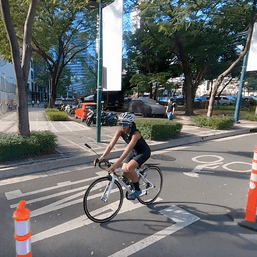
![[DOCUMENTARY] Biking 120 kilometers in Metro Manila](https://www.rappler.com/tachyon/2024/03/bike-commute-metro-manila-documentary-carousel-scaled.jpg?resize=257%2C257&crop=216px%2C0px%2C1440px%2C1440px)

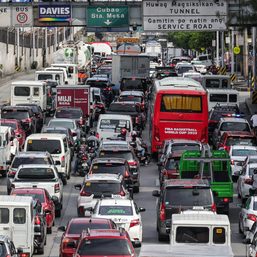
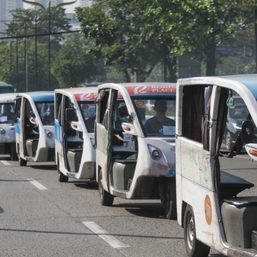


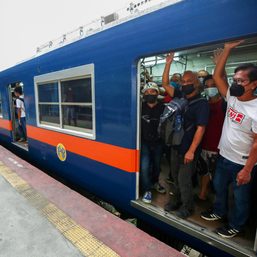

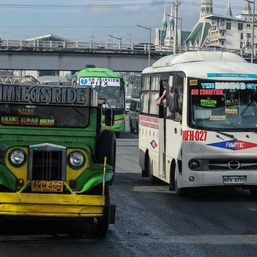

There are no comments yet. Add your comment to start the conversation.